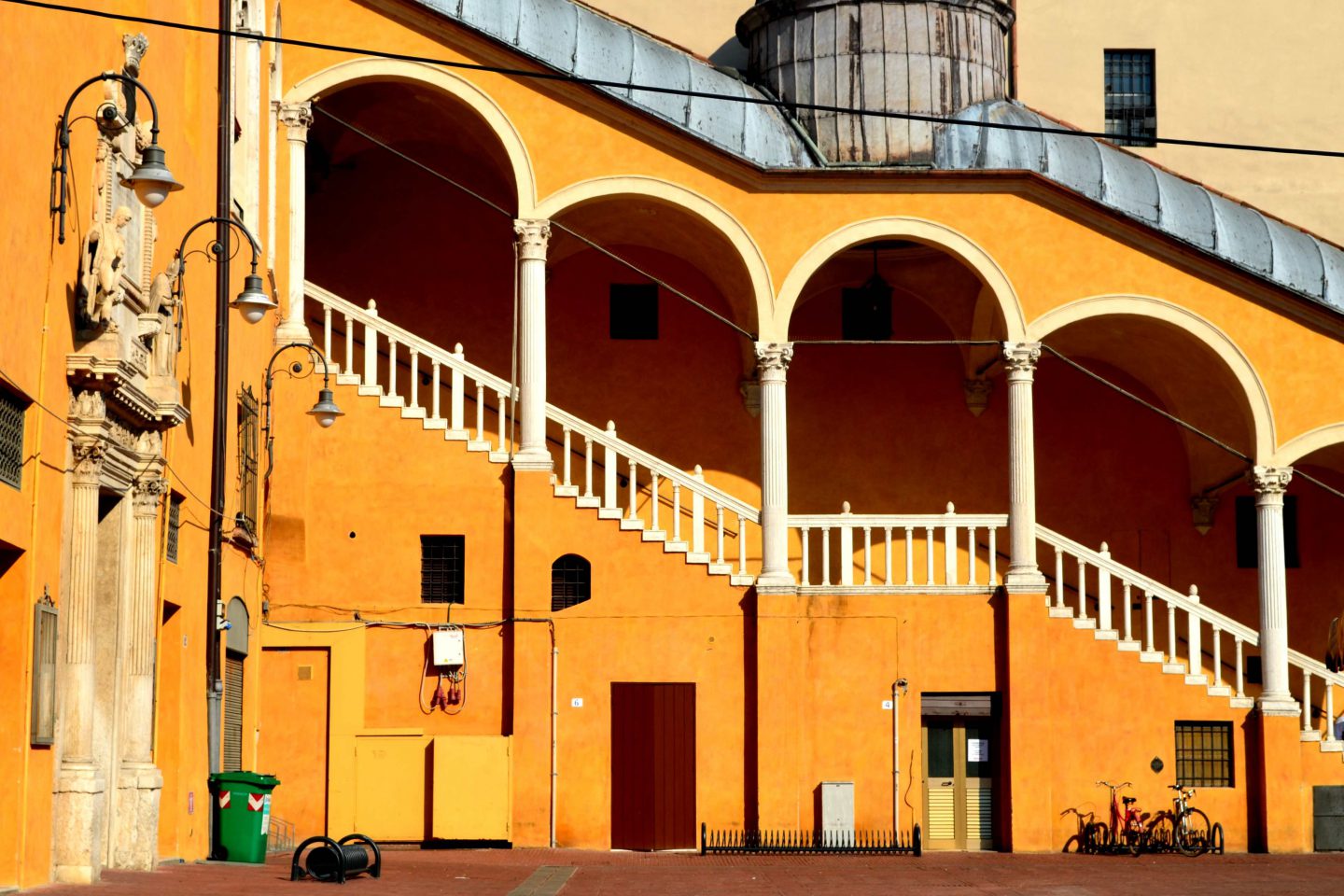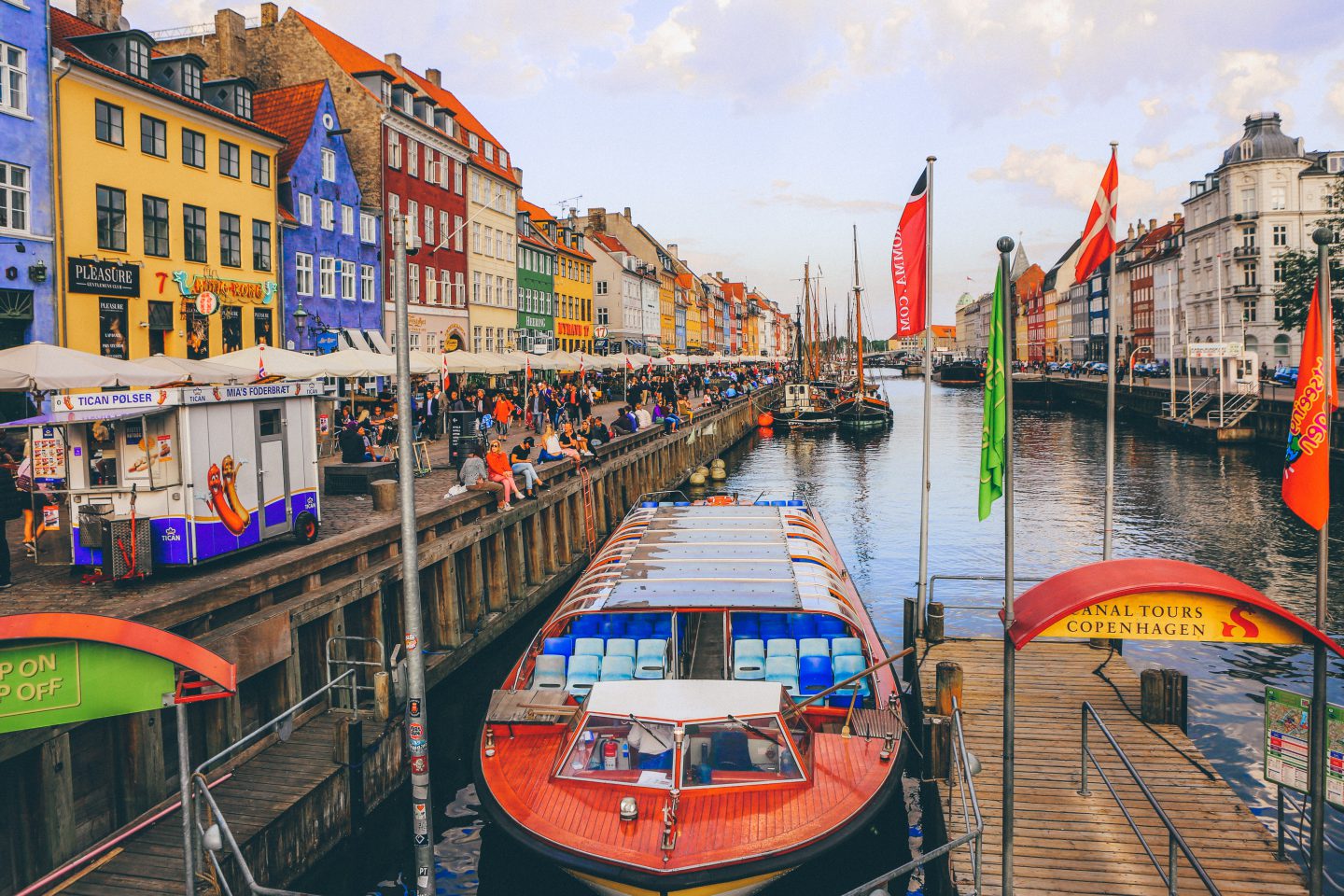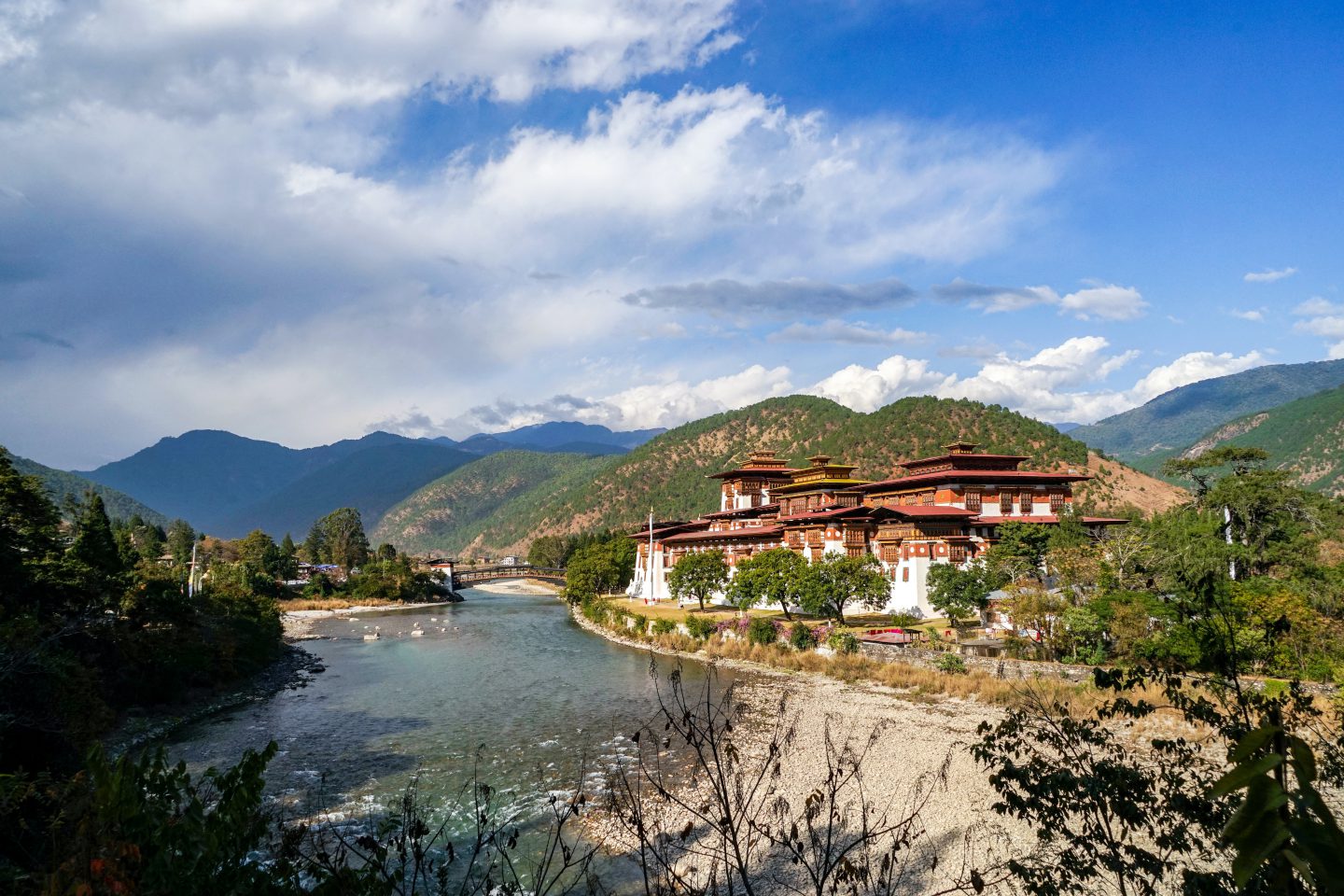Last November, I ran my first marathon, the “Athens Authentic”. I did it mainly because I wanted to follow in the footsteps of the world’s first marathon runner – the ancient Athenian messenger Pheidippides.
The story, as I knew it, went as follows. After their victory over a Persian invasion force at the border village of Marathon, the Athenians sent a messenger called Pheidippides to deliver the news to the city authorities. After running the 42 kilometres back to Athens, Pheidippides gasped “we’ve won!” (nenikēkamen) and promptly died of exhaustion.
It’s a great story, but was it true? The more I looked into it in the weeks leading up to the race, the less certain I was. Was I about to run 42km for a lie?
Read more →






